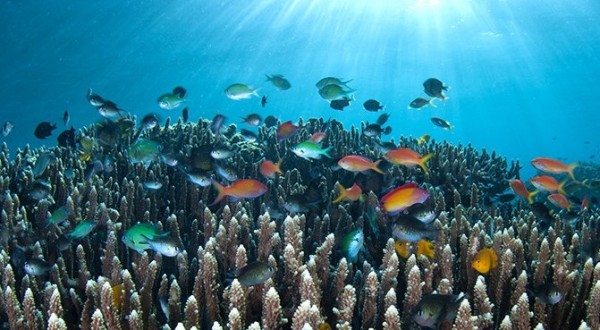Marking the one-year anniversary of Canada’s $1.5 billion Oceans Protection Plan, the Canadian government announced it will dedicate USD 9.3 million, over five years, for the ‘Cumulative Effects of Marine Shipping’ initiative, aiming to better understand Canada’s coastal ecosystems.
Working with indigenous peoples, local stakeholders and coastal communities, a new framework will be developed to assess potential cumulative effects of marine shipping on the environment.
As informed, the framework will be applied in six pilot areas where marine traffic is significant: Northern and Southern British Columbia, the St. Lawrence River, Quebec, the Bay of Fundy, New Brunswick, the south coast of Newfoundland, and the eastern arctic, Nunavut.
This information will allow Canada’s marine safety system to be better equipped to support the marine shipping industry and protect the marine environment and coastal communities, an official statement from the government reads.
“Our Government has taken an additional step to build a world-leading marine safety system that provides economic opportunities for Canadians today, while also protecting our environment and coastlines for the future. The Cumulative Effects of Marine Shipping initiative will help ensure marine shipping in Canada is safe, responsible and better prepared to protect the marine environment and coastal communities,” said Minister of Transport Marc Garneau.
The Oceans Protection Plan—the largest investment ever made to protect Canada’s coasts and waterways— aims to create a world-leading marine safety system, while preserving ecosystems, creating strong Indigenous partnerships and engaging coastal communities, and investing in research to ensure decisions are evidence based.
Under the Plan, the Canadian government also announced introduction of the Wrecked, Abandoned or Hazardous Vessels Act (Bill C-64) in Parliament, in late October.

































































